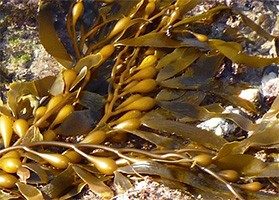Lesson 6.12: Natural Resources & Synthetic Materials
Accompanying Lesson Plan: Lesson 6.12: Natural Resources & Synthetic Materials
Image
Natural Resource Used to Make the Gel Worm – Calcium Chloride
Calcium chloride is made from limestone, which is calcium carbonate.
- Limestone is a sedimentary rock, formed from the shells and skeletons of ancient sea creatures.
- The mined limestone is reacted with hydrochloric acid or sodium chloride to make the calcium chloride.




